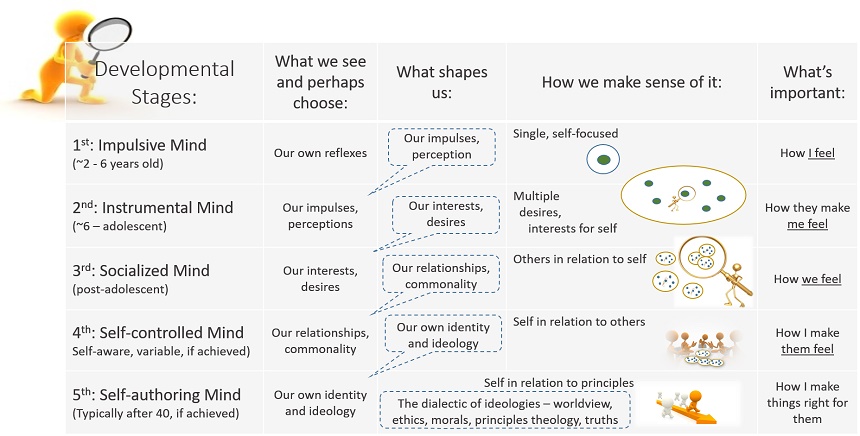Our DNA decides who and what we are. Our behavior is predictable before birth. True?
No, but there are fascinating pieces that surface in the inquiry. Nailing down the genes that perhaps would determine a particular behavior trait has been a difficult task. The simple and perhaps popularly preferred result would be a 'hard-wired' brain where genes would unerringly create in us our personality type, our character traits, and our response to a particular type of situation.
To be violent or not, to be an addict or not, to be compassionate or not; the logical path suggests our brain operates like a computer with automatic responses built into the programming. Popular science writers, much like the news media, have perhaps taken the simplest explanation as complete, suggesting everything from
a brain circuit for bungee jumping to a
plan for raising your child based on their DNA with a commercially available genetic profile. The
'Gay Gene' has been similarly popularized.
Unfortunately, the science doesn't adequately support the premise, and the genetic contribution to character and personality development appears to be much more complex.
The surprising news from the human genome project in '01 is that we have a pitiful 25,000 genes or less, about twice that of a fruit fly and less than a mouse. The expectation of a stunningly complex program defining the magnificence of humanity was squashed. Just 25,000 lines of code won't make a decent word processor, much less a self-aware world-conqueror.
"We simply do not have enough genes for this idea of biological determinism to be right," asserted Craig Venter, president of Celera Genomics, one of the two teams that cracked the human genome.
The debate regarding possible DNA related traits has two sides, one of which is potentially charged.
"Venter has wasted little time in playing down the importance of the genes he has catalogued. He cites the example of colon cancer, which is often associated with a defective 'colon cancer gene'. Even though some patients carry this mutated gene in every cell, the cancer only occurs in the colon because it is triggered by toxins secreted by bacteria in the gut. Cancer, argues Venter, is an environmental disease. Strong support for this viewpoint appeared last year in the New England Journal of Medicine. Researchers in Scandinavia studying 45,000 pairs of twins concluded that cancer is largely caused by environmental rather than inherited factors, a surprising conclusion after a decade of headlines touting the discovery of the 'breast cancer gene,' the 'colon cancer gene,' and many more."
Dr. Kevin Davies, author of Cracking the Genome: Inside the Race to Unlock Human DNA (Free Press, 2001). A graduate of Oxford University, he holds a doctorate in genetics from the University of London.
Popularly touted and culturally volatile, the emerging science is significant on several fronts, not the least of which is the emerging opportunity to choose your children based on preimplantation or in-utero DNA testing, the modern version of eugenics where children become a marketable, made-to-order product. Possibly helpful? Absolutely, but with potential for troublesome extremes.
 |
From an engineering perspective, triggering
gene expression is just incredible. |
Now comes the fun part. Cause or effect?
Did the gene cause the behavior or did the behavior trigger the gene?
The roll of environment and experience is now being understood as one of the triggers for gene expression (activation). For 100 people with some common genetic trait, only a few might see the expected manifestation. Why?
 |
Gene C controls fur pigmentation in Himalayan rabbits.
Because the gene is active when environmental temperatures
are between 15 and 25°C, the rabbit reared at 20°C (left)
has pigmentation on its ears, nose, and feet, where its body
loses the most heat. The rabbit reared at temperatures above
30°C (right) has no fur pigmentation, because gene C is inactive
at these higher temperatures.
We knew that, didn't we. What we may not have considered is
the impact of experience on genetic expression.
|
We do understand that our genes illuminate much about our physiology. The as yet inadequately addressed question is the roll of what we experience in gene activation (expression). Does the environment in which a child is raised trigger gene-level activity? Can living with street crime or domestic violence change specific gene-level activity in those affected?
",,, it is important to keep in mind that there is a very complex interaction between our genes and our environment that defines our phenotype and who we are."
Lobo, I. (2008) Environmental influences on gene expression. Nature Education 1(1):39
The debate continues furiously, of course. Both sides are perhaps mostly right, and we'll be the fortunate recipients of their research and medical advances. One thing we know for certain, though, is that the simplistic answer of genetic determinism has fallen by the wayside. We shoulda spotted that one coming.



.png%2B(1).jpg)



























